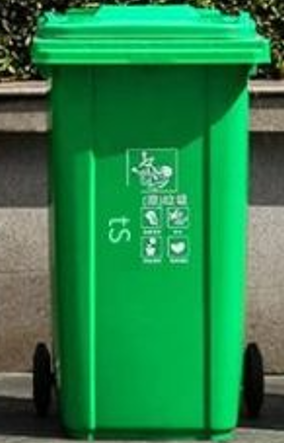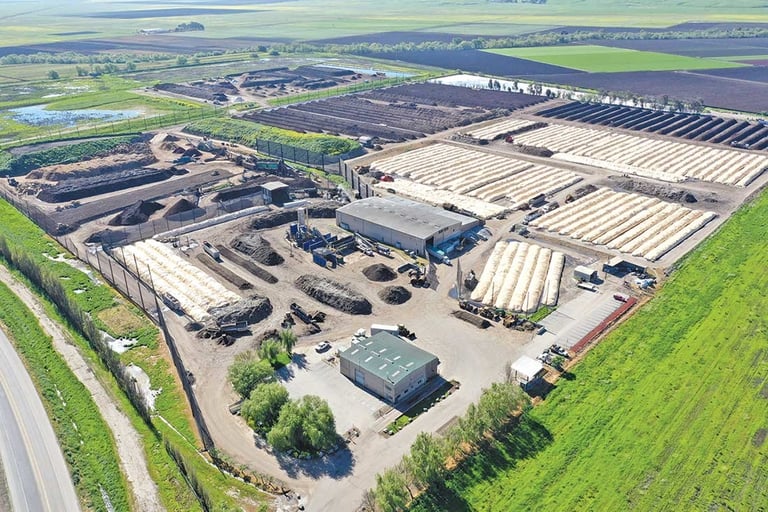Curbside Compost
Blog post description.
TRASH-SORTING


Accepted Items
Flowers & Garden Trimmings
Food Scraps
Fish, Meat, and Eggshells
Coffee grounds, teas, herbs
Vegetable and fruits
Breads and grain products
"Organic waste includes food, green material, landscape and pruning waste, organic textiles and carpets, lumber, wood, paper products, printing and writing paper, manure, biosolids, digestate, and sludges" (Calycle).
Avoid throwing in these items:
Recyclable material (clean and dry plastics, metals, papers, and glass)
Non-organic waste
Treated wood
Chemicals and cleaning compounds
Learn more:
The Process Behind Composting
Composting can be done simply in your backyard; however, this process describes the ones used by copsting facilities
Collection: Cities and households collect and put out their organic and yard waste. Drivers will pickup and transport the waste to the facility.
Sorting: There are two steps to sorting. First is ridding of any contaminants that have made its way in. Next, is sorting between carbon-rich and nitrogen-rich materials.
Grinding: After sorted, the waste is shredded into smaller pieces. Decomposition accelerates faster the smaller the organic waste is.
Pile Formation: Organic matter is placed in long rows called windrows. Forming windrows allows oxygen to flow through the piles allowing for decomposition.
Decomposition: Decomposition actively begins at this step.
Turning & Monitoring: As organ matter decomposes, piles are turned to optimize airflow and control temperature and moisture.
Curing: Once matter has decomposed, compost is then cured. The curing phase stabilizes and matures the compost. This process can take several weeks to complete.
Screening: The finished compost is screened to remove any unwanted particles. The result of the screening is a fine, fresh soil product.
Distribution: The final product is distributed across California. The soil may end up in gardens, landscaping projects, but most likely is being distributed to farmers.


Gilroy, CA Z-Best Composting Facility
From trash to soil!
Learn about how the trash you throw away can be transformed in a nutrient-rich soil to grow foods!
Watch California Department of Food and Agriculture's insights on what goes on behind the scenes at a composting facility in "The compost connection: from your yard to California's farms".

